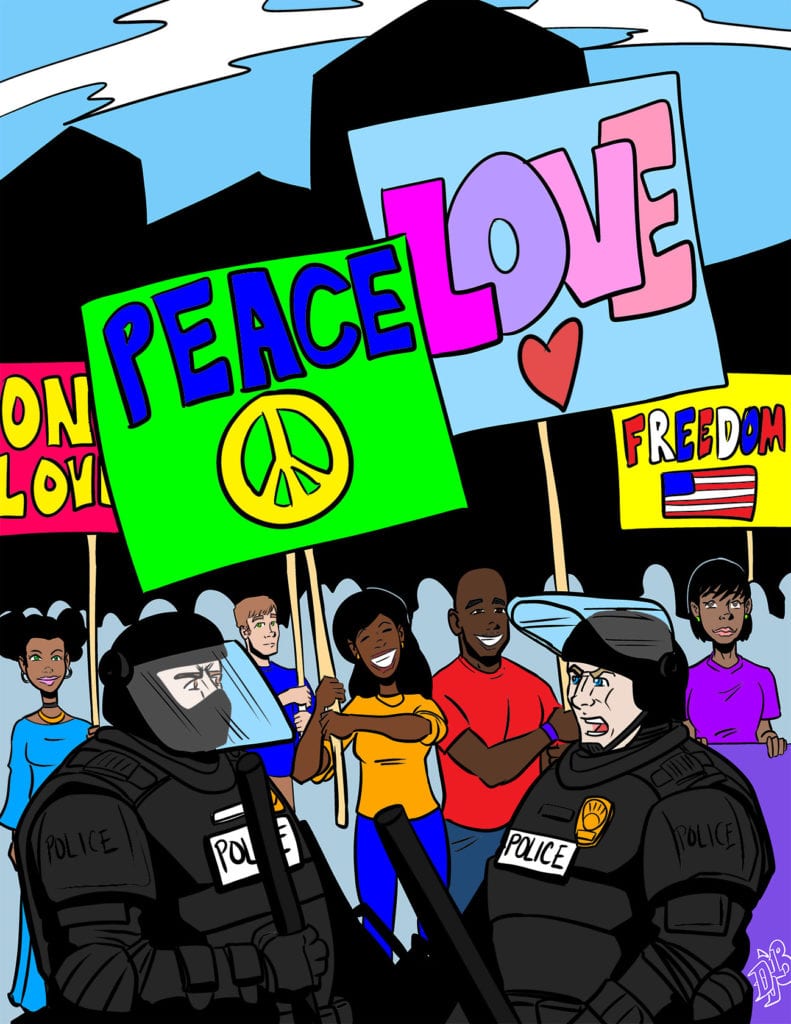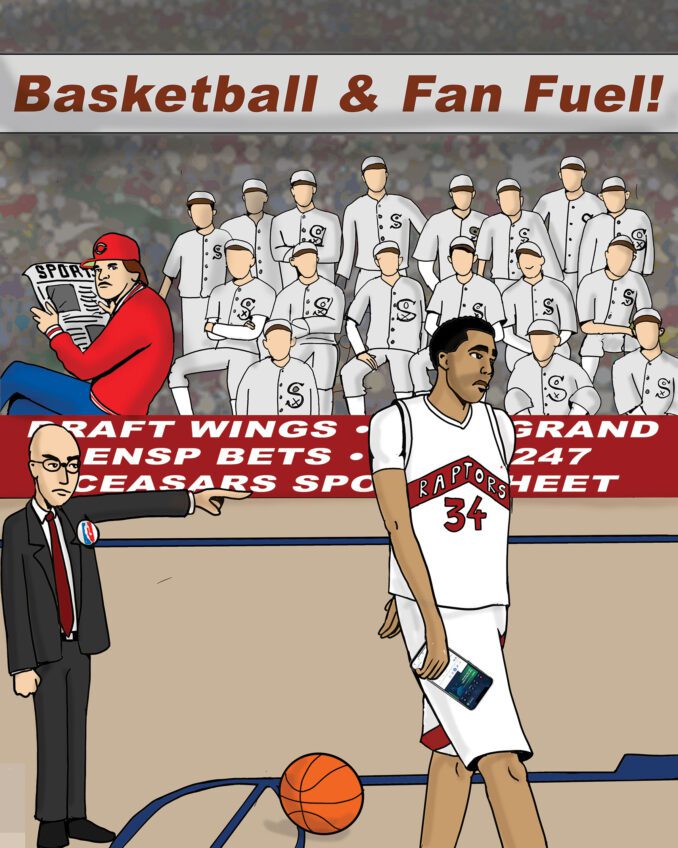
World history is replete with accounts of violent conflict between groups of people who are unable to resolve their differences peacefully. One of the most common grievances is a dispute over borders and territorial integrity. This includes the right of way over another’s land. Frequently these conflicts result in hostilities that survive the resolution of the specific problem.
A peculiarity about America’s racial conflict is that there seems to be no objective reason for it. Blacks have never established any territorial claims, and blacks have not engaged in violent encounters to establish primacy over whites. It appears then, that the nation’s racial conflict has been triggered by nothing more serious than blacks’ apparently offending complexion.
Many of today’s bizarre incidents are dismissed as the expression of American racism. When one considers the trivial situations that will provoke a racial response, then the nation truly has a very serious problem. Unfortunately, there is little effort to distinguish one racial encounter from another. They are all simply characterized as racism and are not subjected to more detailed analysis.
The racist acts to generate the greatest attention are the police killings of unarmed black men. However, a review of the Washington Post records of the 548 deaths by police officers so far this year indicates that more whites than blacks are killed in this way — 232 to 107. Some would argue then that a greater percentage of the black population is killed by the police. While that is true, it still does not get to the heart of the problem. There is clearly a major flaw in police practices and culture beyond just racism.
Some of the less fatal racial incidents establish the validity of a longstanding claim of African Americans that the police function as the storm troopers for whites. One of the most publicized recent events was the arrest of the two black patrons of a Philadelphia Starbucks who were waiting quietly for someone to arrive to meet with them.
An incident in Oregon was equally nonthreatening. A resident called police about a suspicious woman in the neighborhood, who turned out to be a black state representative visiting constituents. In another incident, a white student at Yale called police on a black female grad student who had fallen asleep in the dormitory lounge area.
These were all nonthreatening situations. Why were the police called? One answer is that in every case blacks had crossed the psychological racial divide. There is a subtle caste system in many societies that relegates others to specific spaces. Blacks can be seen there only to work or be otherwise subservient. To be there as an equal is viewed as an encroachment. That is how racial segregation works.
Such restrictions were once imposed on other groups in addition to blacks. Ivy League colleges once admitted primarily upper class Christians. Ethnic restrictions in residential neighborhoods were once legally enforceable. Until Jackie Robinson broke the color barrier, blacks were not permitted by the baseball commissioner to play in the major leagues.
History has shown that these artificial demarcations cannot be sustained. It is pathological for whites in the 21st century to attempt to enforce barriers against fellow citizens in America who have provoked no harm. Blacks are victimized merely on the basis of their so-called race.


![Banner [Virtual] Art Gallery](https://baystatebanner.com/wp-content/uploads/2024/04/Cagen-Luse_Men-at-store-e1713991226112-150x150.jpg)



